Confused about skincare? Start with this beginner’s guide for healthier skin
Skin experts shed light on the importance of a skincare routine and what’s really needed for healthy skin.
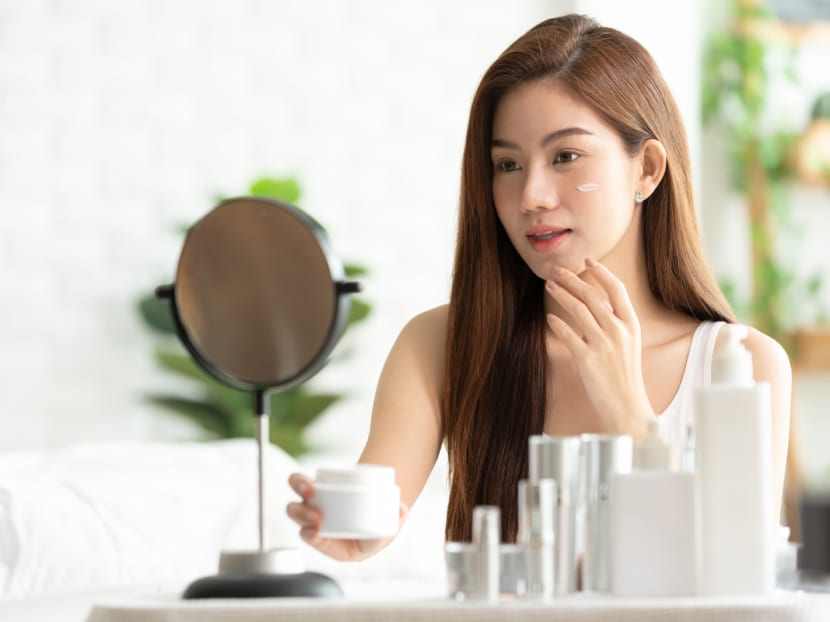
How to start a skincare routine. (Photo: iStock)

This audio is generated by an AI tool.
Let’s be honest: These days when it comes to skincare, there is no shortage of options. But with so many to choose from, it can get overwhelming when you’re trying to find what you truly need for healthy skin.
Perhaps the real question we need to ask is: What should be in our skincare routine and when should we start building one?
THE IMPORTANCE OF A SKINCARE ROUTINE
“A simple skincare routine is essential for protecting the skin barrier, preventing damage from pollution, allergens and UV rays. Regular cleansing, moisturising and sun protection are the fundamental steps for maintaining healthy skin,” explained Dr Liew Hui Min, dermatologist and medical director, The Skin Drs – HM Liew Dermatology.
“Water may rinse away surface dust, but it won’t remove oil, pollutants or makeup,” added Dr Lai Wen Shen, aesthetic doctor, Mizu Aesthetic Clinic.
Think of your skincare routine as part of basic self-care, said Dr Isabelle Yeoh, aesthetic doctor and medical director, IYAC Aesthetic Clinic.
AGE VS CONCERN: WHEN TO START YOUR SKINCARE ROUTINE
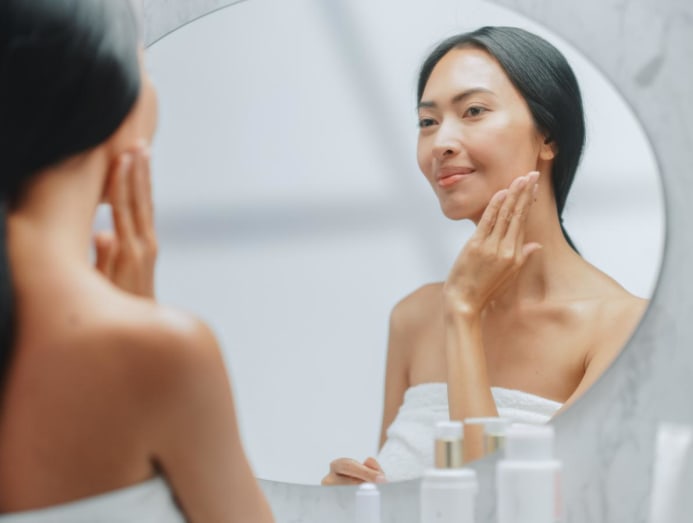
“Skincare isn’t one size fits all,” emphasised Dr Lai.
And when it comes to starting a skincare routine, Dr Liew shared that both age and skin conditions are important.
In fact, Dr Lai shared that basic skincare such as moisturiser or emollients can be used in newborns, particularly for those with dry skin or eczema. And with sun protection, the FDA and the American Academy of Pediatrics (AAP) have stated that you can start applying on infants as young as six months.
“Conditions like facial eczema and early-stage rosacea can necessitate an earlier start, while for children with normal skin, a simple routine can begin around puberty,” added Dr Liew.
As for targeted treatments, such as retinoids or Vitamin C, Dr Lai advised waiting until concerns arise, whether it is acne in your teens, hyperpigmentation in your 20s or signs of ageing like fine lines in your 30s.
LESS IS MORE OR THE MORE THE MERRIER?
According to Dr Liew, a skincare routine should ideally have a minimum of three steps – cleanse, hydrate and protect, and a maximum of five, which can include a treatment product like a serum. Besides being practical and cost-effective, this “less is more” skincare routine approach also reduces the risk of irritation and allergies.
Dr Lai agreed and shared that with serums, you should try to stick to one or two targeted formulas per routine as adding more risks diluting their benefits or overwhelming your skin.
“Overloading the skin with too many products or actives can lead to irritation, breakouts or long-term sensitivity,” added Dr Yeoh.
But if you still insist on including multiple steps in your skincare routine, Dr Yeoh advised exceeding no more than 10. “Using too many products, especially with active ingredients like acids or retinoids, can disrupt the skin barrier and lead to ‘reactive’ skin – bumps, rashes or sudden breakouts.”

In short, “consistency with a few well-chosen steps is more beneficial than constantly switching or layering multiple products without a clear purpose”, she stated.
And when it comes to skincare application, a general rule of thumb is applying from thinnest to thickest texture-wise, and water-based before oil-based formulations.
“This layering approach ensures optimal absorption and prevents the heavier or occlusive products from blocking the benefits of the lighter ones and waiting 30 seconds to a minute between layers also gives each step time to sink in more effectively,” said Dr Yeoh.
However, there are exceptions.
Sensitive skins should consider applying active serums, like retinoids, after moisturiser to minimise irritation, advised Dr Liew.
WHAT TO EXPECT FROM YOUR SKINCARE ROUTINE?
So how do you know if your products and routine are working?
Some immediate indicative signs include skin feeling smoother and experiencing less tightness. Redness is also calmed if skin is flushed. While in the long run, you would see fewer breakouts, less pigmentation and a firmer, more even toned complexion, said the doctors.
Being realistic in what your skincare routine can offer is also important because expecting to completely erase the look of pores or all signs of ageing and damage overnight is near impossible.
Instead, consistency and diligence are still key in reinforcing healthy skin habits and supporting skin renewal, said Dr Yeoh. “Regular care is what helps maintain results and long-term skin health.”
And if you’ve ever felt too tired to do your skincare, don’t fret.
The good news? Missing a day or two occasionally is fine.
However, the doctors shared that cleansing after the end of the day is crucial especially with Singapore’s heat and humidity and if you wear makeup, as it helps prevent clogged pores and bacterial infections.
MORE THAN JUST SKIN TYPE
Other factors that can determine the type of skincare products to incorporate into your daily routine include:
1. INSUFFICIENT SLEEP
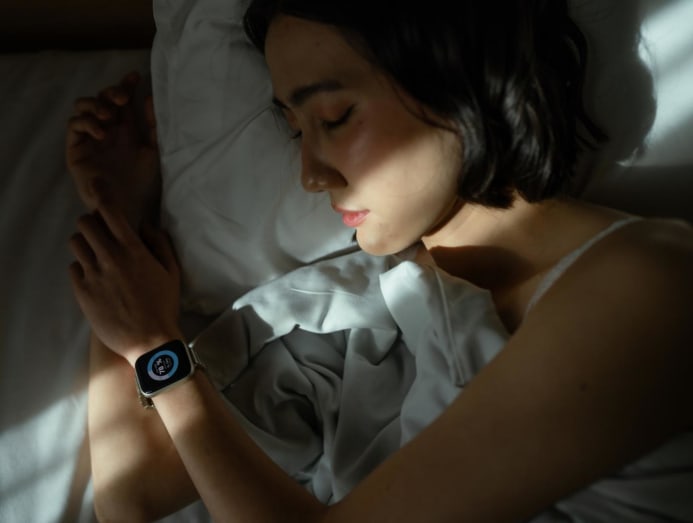
According to Dr Liew, less than six hours of sleep can affect the skin, showing up as eczema flare-ups and acne, especially among young adults.
In addition, it can also slow down skin repair, “worsening dullness and making hyperpigmentation more visible”, said Dr Lai. To address these concerns, vitamin C can help brighten your complexion.
2. EXERCISE
When exercising, sweat can mix with the oil and bacteria on the skin, clogging the pores, which can trigger breakouts, explained Dr Lai.
To keep skin clean and clear, besides using non-comedogenic skincare to prevent pore-clogging, always cleanse the skin with a gentle pH-balanced cleanser to remove the dirt before hydrating it with a lightweight hydrator, post-workout.
3. DIET
You are what you eat. “Sugar and dairy are inflammatory foods that can trigger breakouts,” said Dr Lai. So keep salicylic acids, benzoyl peroxide and retinol handy as these actives in your skincare can help keep acne at bay.
Ultimately, when it comes to building your skincare routine, Dr Yeoh shared that if your skin isn’t responding the way you’d hoped, it may be time to simplify, reassess or seek medical guidance. “More often than not, effective skincare isn’t about doing more; it’s about doing what’s right for you,” she stated.
STEPS TOWARD HEALTHY SKIN
1. CLEANSE
Fenty Skin Cherry Dub Pore Purify’r Gel Cleanser, S$51

A lightweight gel cleanser that’s packed with a Triple Cherry Complex to brighten the skin and reduce oil and shine for a fresh and clear complexion.
Available at www.sephora.sg.
2. TREAT
Derma Lab Lumiclar Pure VC15 Serum, S$71.90
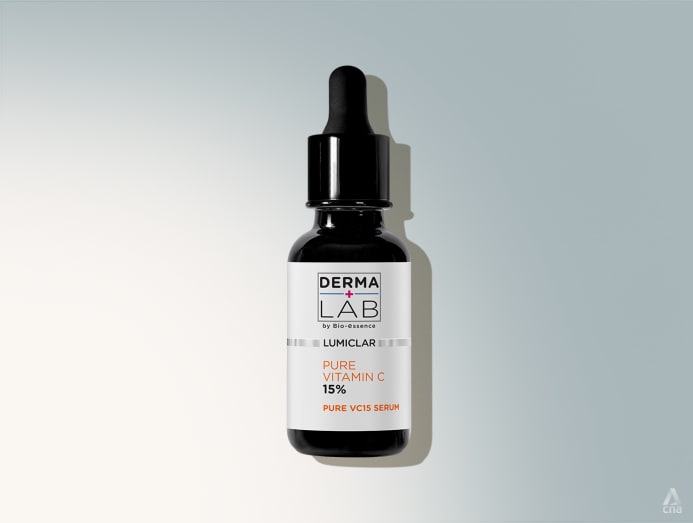
This improved version contains 15 per cent, dermatological-grade Vitamin C to target dullness, dark spots and signs of ageing while its advanced delivery system delivers faster and more effective results.
Available at Watsons and the official Derma Lab store on Shopee.sg
3. HYDRATE
Laneige Perfect Renew 3X Emulsion Advanced, S$69
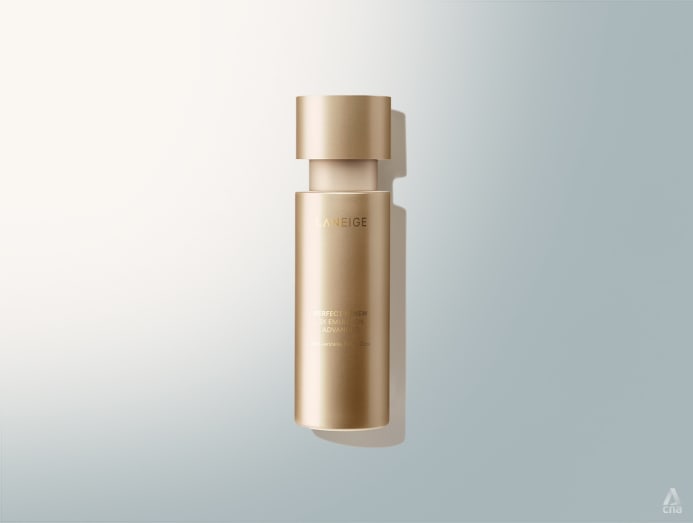
Formulated with an upgraded 3X blend of anti-ageing actives – encapsulated retinol, 3X collagen peptide complex and the proprietary triple RE.D flavonoid, this nourishing moisturiser revitalises the skin, leaving it glow-y and youthful.
Available at www.sg.laneige.com.
4. PROTECT
Avene Ultra Fluid SPF50, S$54.90
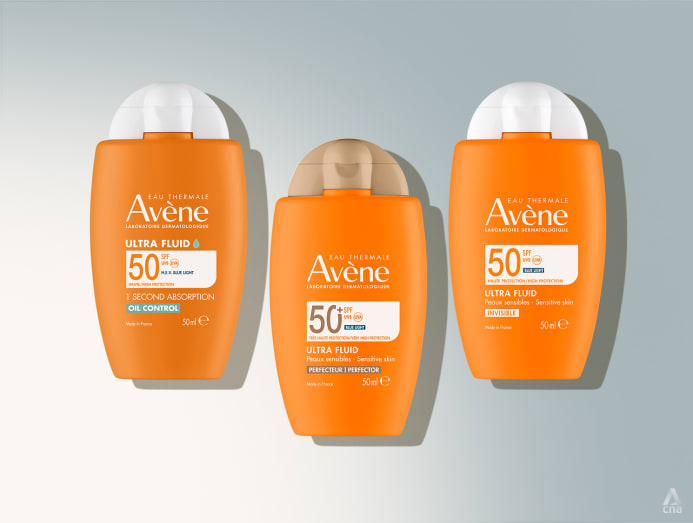
An ultra-light sunscreen that protects against UV and blue light damage. Plus, its skin-loving actives promise to reduce up to 95 per cent of cellular damage to keep skin healthy. Comes in three options – Invisible, Perfector and Oil Control.
Available at Watsons and Guardian stores.






